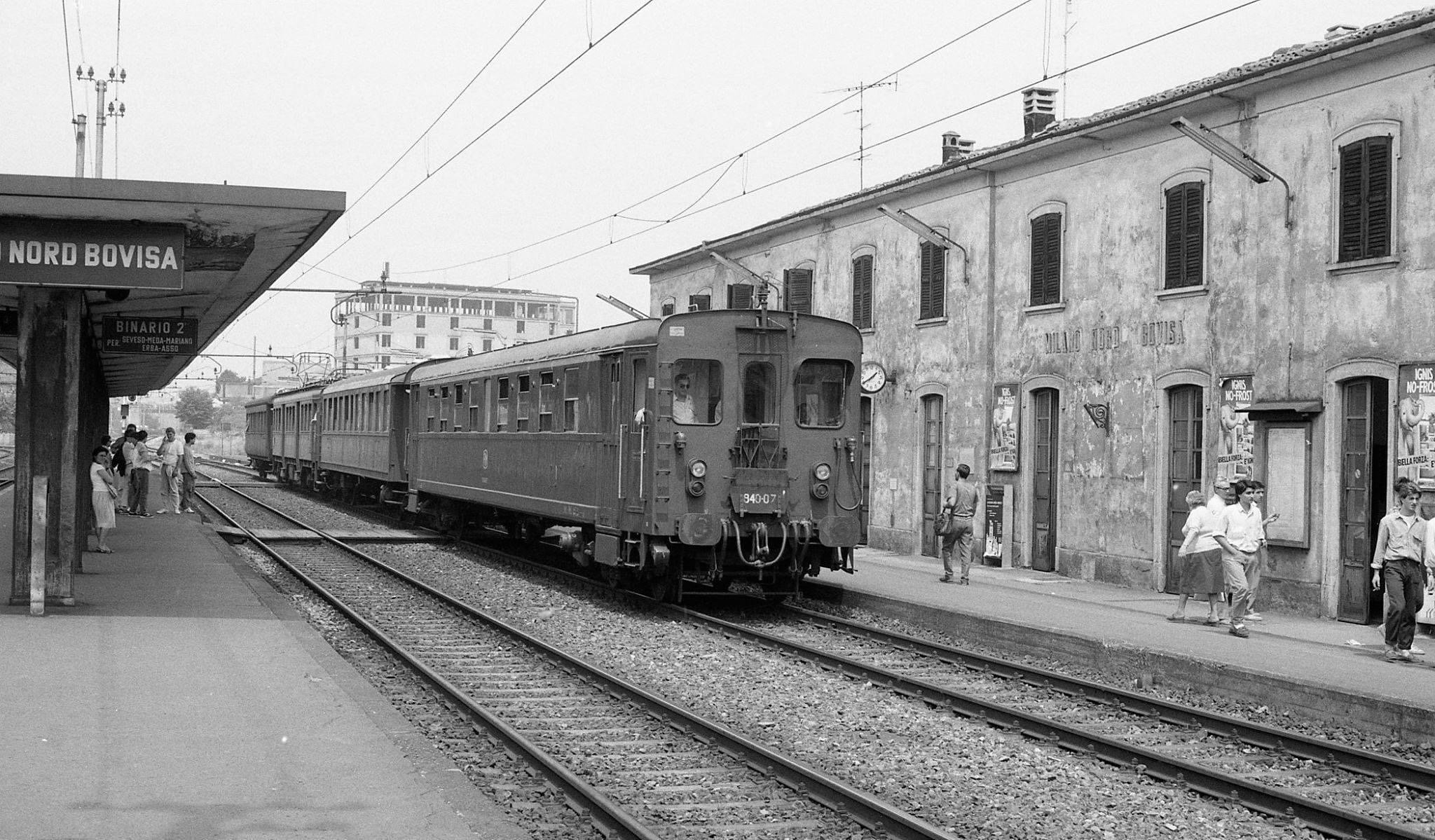
Bovisa
“Lassa pur ch’el mond el diga…” / “Let the world say it…” ... The title of a famous song from the 1930s, which, for the sake of a rhyme, places the focus on this district and definitively elevates it to a vibrant symbol of a still-growing Milan, which in railway history terms was at that time stepping on the accelerator of electric traction and its resulting changes.
For better or worse, Bovisa remains one of Ferrovie Nord Milano’s most iconic facilities, both because it is the definitive image of a working class district, frequented by workers who arrive there every single morning from all over north-west Lombardy to earn a living at one of the many surrounding factories, and because it is still a key infrastructural hub today, where the campus of the Politecnico plays a pioneering role in the redevelopment schemes which will give it a whole new life and a more prominent place in the urban fabric.
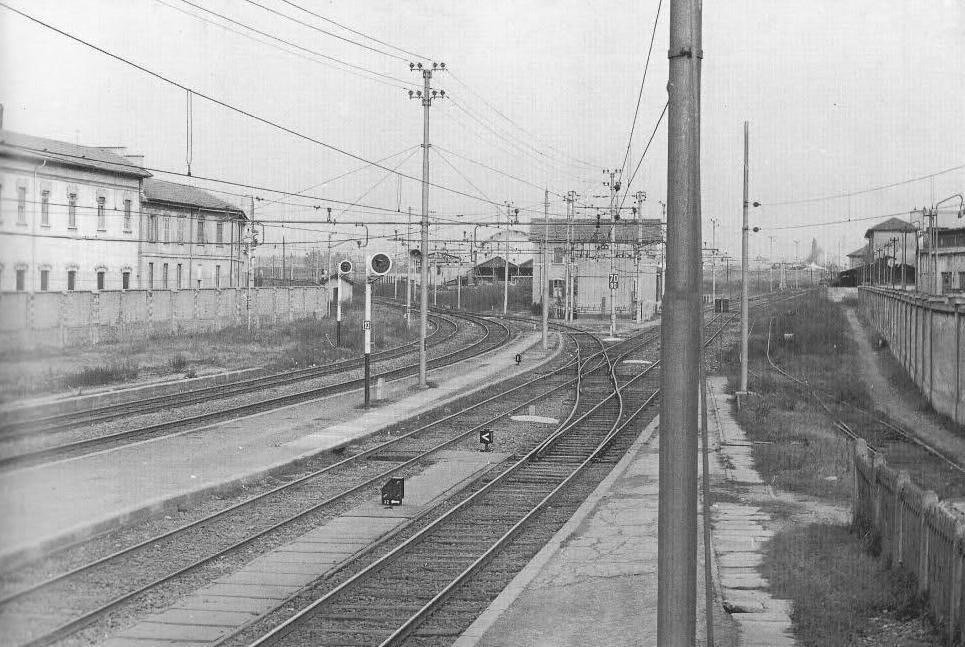
Gallery
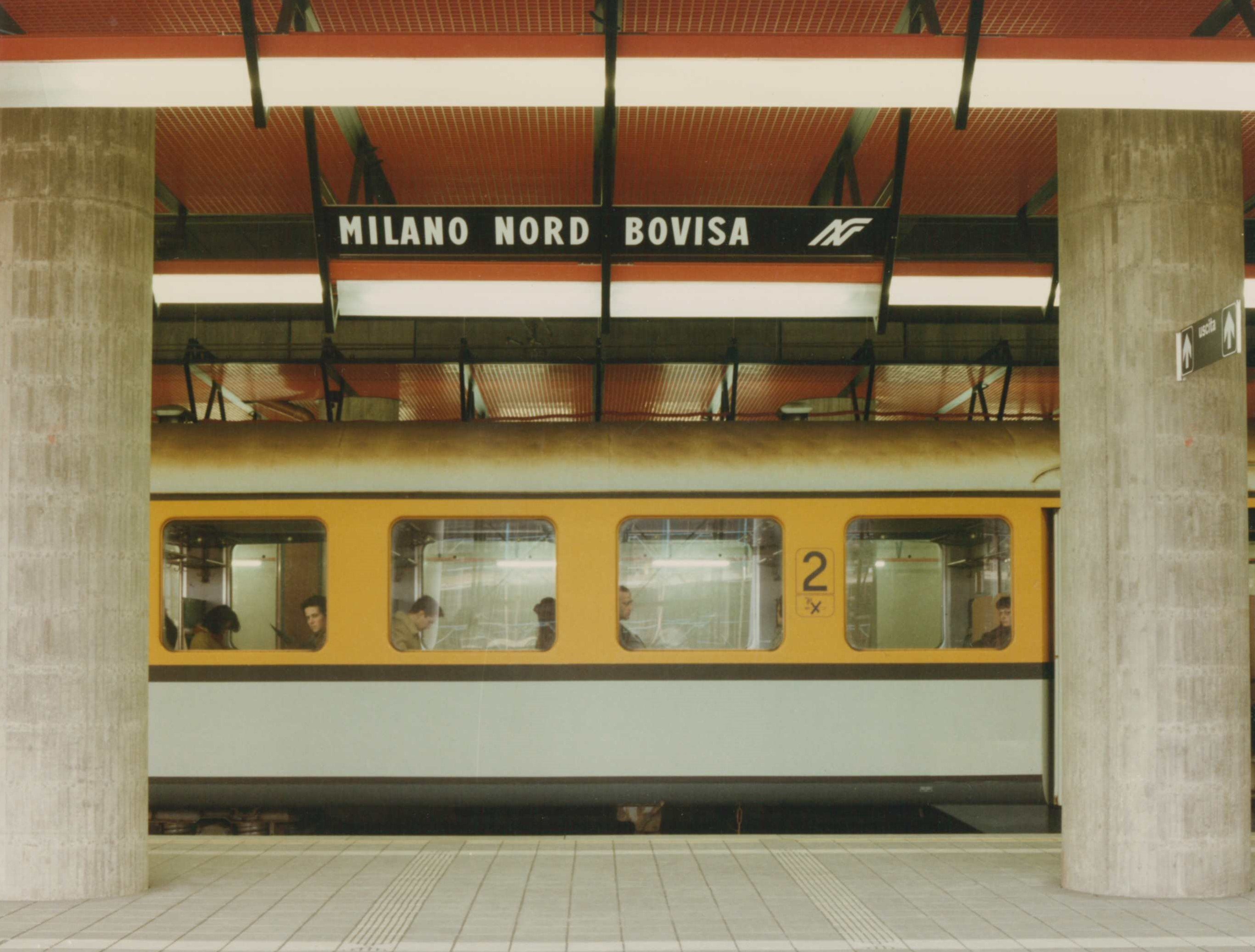
The columns of the platform at the new Bovisa station form a perfect frame, October 1991 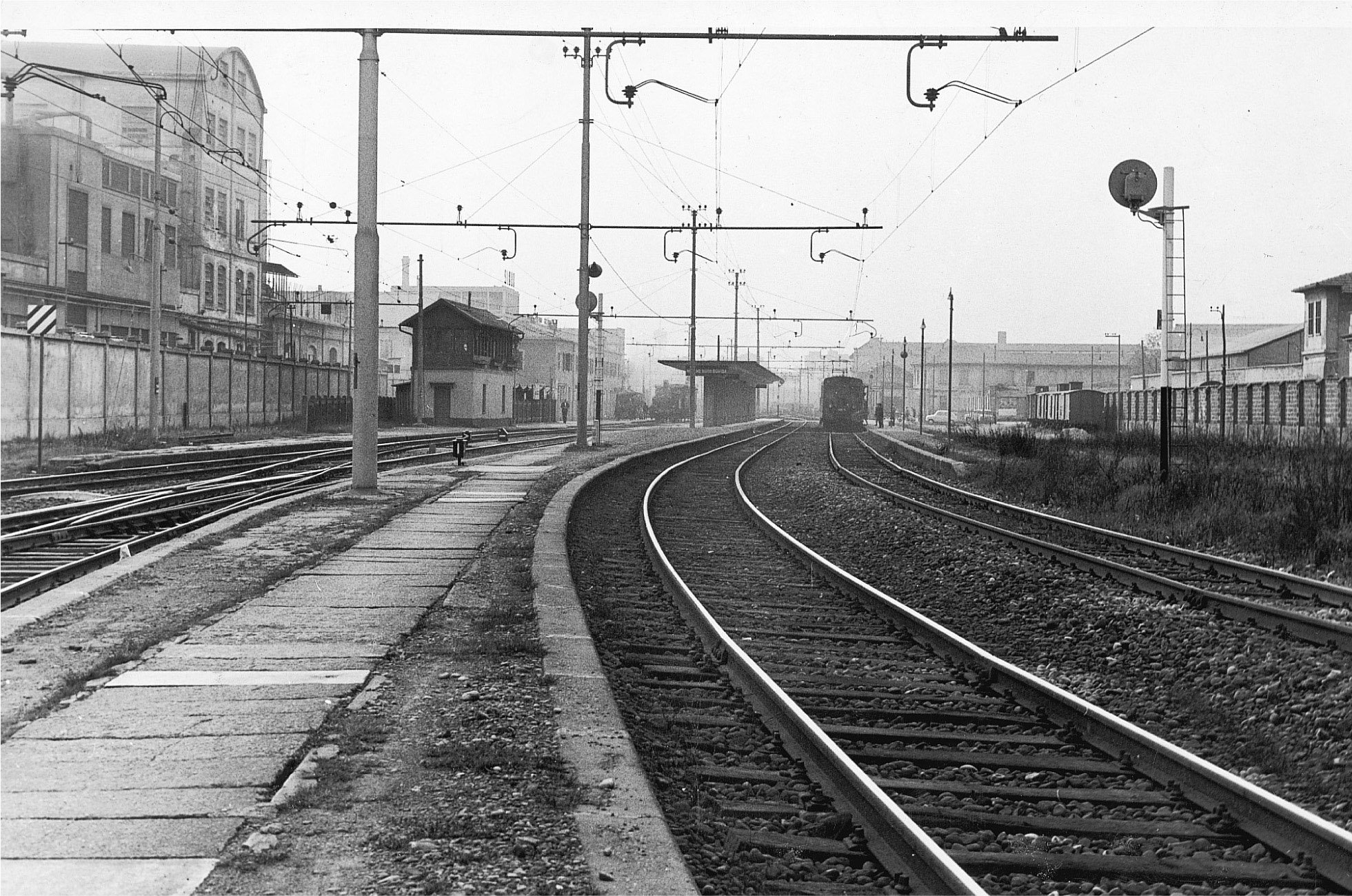
Bovisa, the station seen from the branching point of the lines to Saronno and Seveso. On the left in the foreground is the signal box, and immediately beyond it is the old passenger building, both now demolished. 
The old station at Milano Bovisa in a set of three photos dating back to the early 1900s; nearby factories can be seen in the background. The passenger building was demolished in 1988. 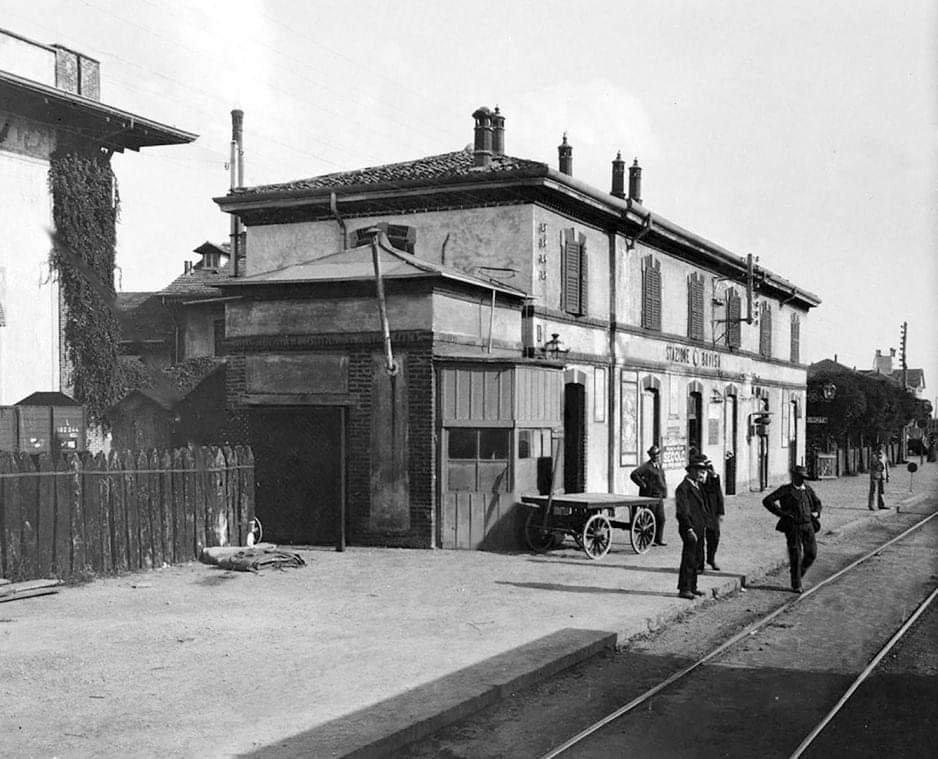
The old station at Milano Bovisa in a set of three photos dating back to the early 1900s; nearby factories can be seen in the background. The passenger building was demolished in 1988. 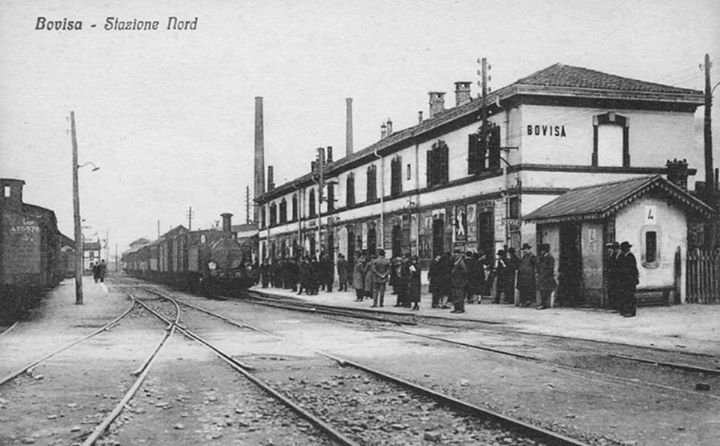
La vecchia stazione di Milano Bovisa in tris di foto risalenti ai primi anni del Novecento; si notano sullo sfondo le vicine industrie. Il fabbricato viaggiatori è stato demolito nel 1988. 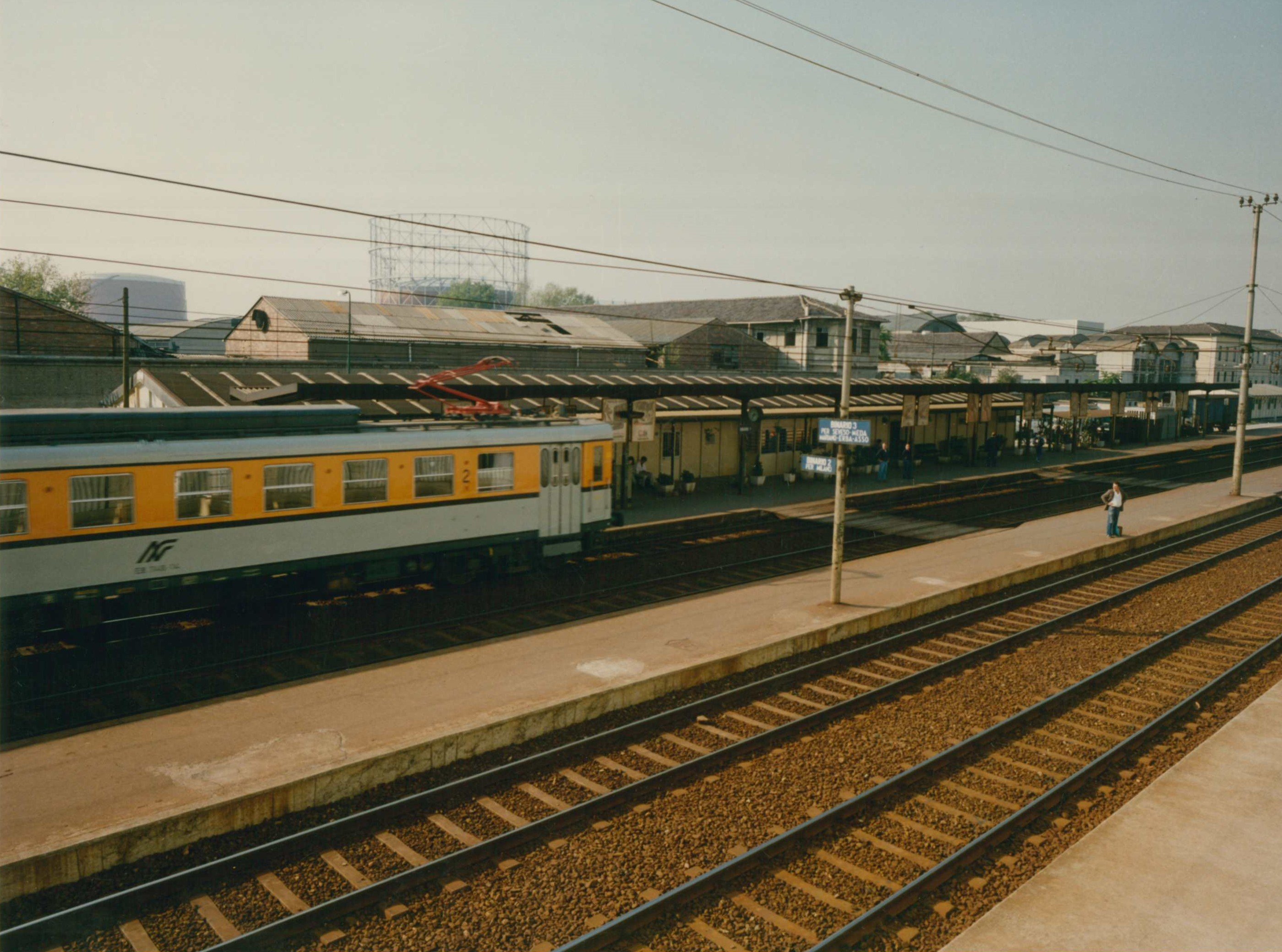
The temporary passenger building at Bovisa in October 1990, during quadruplication work and construction of the new station